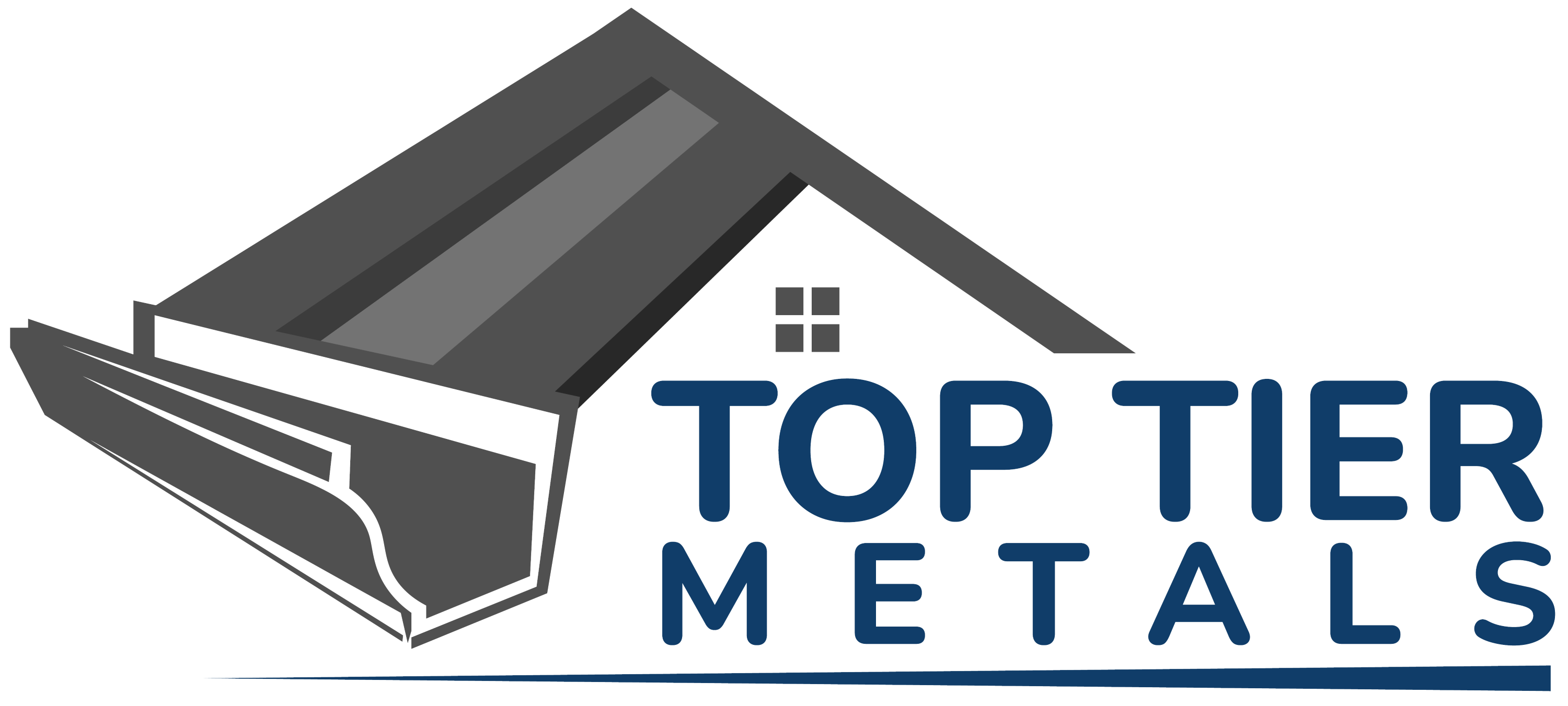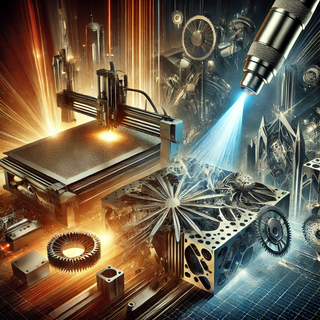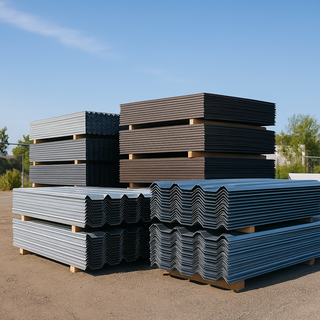Metal cutting is a crucial process in manufacturing, involving various technologies designed to slice through metal with precision and efficiency. This guide covers the most prominent metal cutting technologies used today, detailing their mechanisms, benefits, and suitable applications.
Overview of Metal Cutting Technologies
The following sections provide an in-depth look at the three most commonly used metal cutting technologies: laser cutting, waterjet cutting, and plasma cutting.
Laser Cutting
- Process Overview: Laser cutting uses a high-powered laser beam directed through optics to cut materials. The laser beam melts, burns, or vaporizes the material, leaving a sharp, clean edge.
- Benefits: Offers high precision and speed, capable of cutting complex shapes without tool wear. It’s particularly effective for cutting thin to medium-thick metals.
- Applications: Widely used in automotive, aerospace, electronics, and medical device manufacturing.
Waterjet Cutting
- Process Overview: Waterjet cutting employs a high-pressure stream of water, often mixed with abrasive particles, to cut a wide variety of materials.
- Benefits: Does not generate heat, preventing material distortion and allowing for the cutting of a wide range of metals, including heat-sensitive ones.
- Applications: Ideal for applications requiring intricate cutting of thicker materials, such as parts for the mining and aerospace industries.
Plasma Cutting
- Process Overview: Plasma cutting involves a plasma torch that blows an inert gas at high speed out of a nozzle while an electrical arc forms through the gas, turning some gas to plasma and thereby cutting the metal.
- Benefits: Fast and efficient for cutting thick materials and capable of cutting large volumes of metal quickly.
- Applications: Commonly used in large-scale industrial applications like shipbuilding, structural steel, and salvage operations.
Choosing the Right Metal Cutting Technology
Selecting the appropriate metal cutting technology depends on several factors:
- Material Type and Thickness: Different technologies are suited to different materials and thicknesses.
- Precision Requirements: Some technologies offer higher precision than others.
- Production Volume: Consider whether the method is cost-effective for the volume of production you need.
- Cost Considerations: Assess the operational and maintenance costs associated with each technology.
Conclusion
Understanding the various metal cutting technologies available today is essential for making informed decisions in manufacturing. Each technology offers unique advantages and is suited to specific types of applications based on material, precision, and production needs.
Need professional advice on choosing the right metal cutting technology for your manufacturing needs? Contact our experts at TopTierMetals.com for personalized guidance and high-quality metal cutting solutions!






